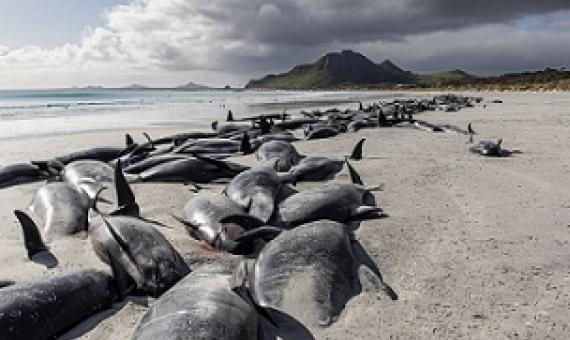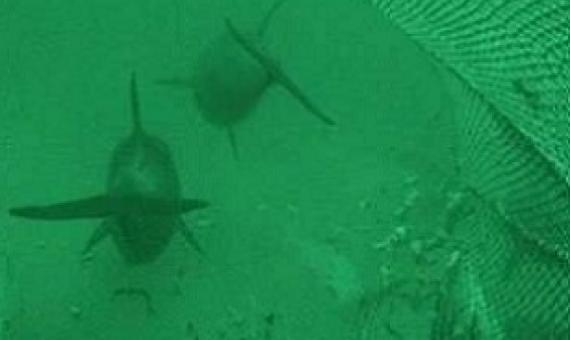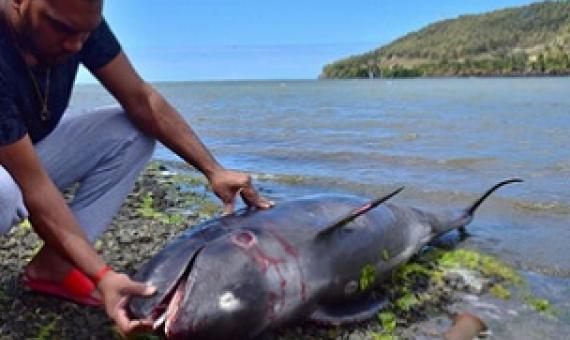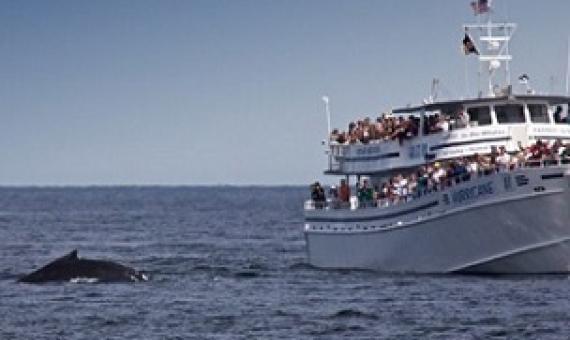Report of the annual meeting of the South Pacific whale research consortium, 9th February - 12th February 2009, Auckland, New Zealand
Members of the South Pacific Whale Research Consortium met at the University of Auckland from 8-12 February, 2009 to discuss (i) the results of fieldwork and analysis conducted during 2008 and, (ii) conservation initiatives in the region. As with previous synoptic surveys dating back to the austral winter of 1999, surveys of humpback whales were conducted to collect genetic samples, individual identification photographs and song recordings in the four primary regions: New Caledonia, Tonga (Vavau), Cook Islands and French Polynesia (Moorea).











